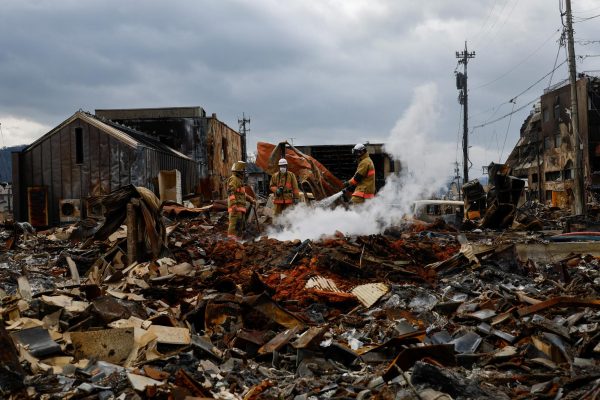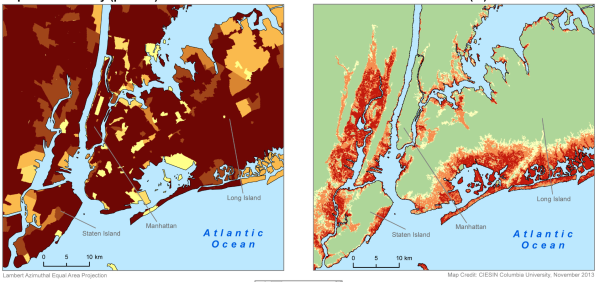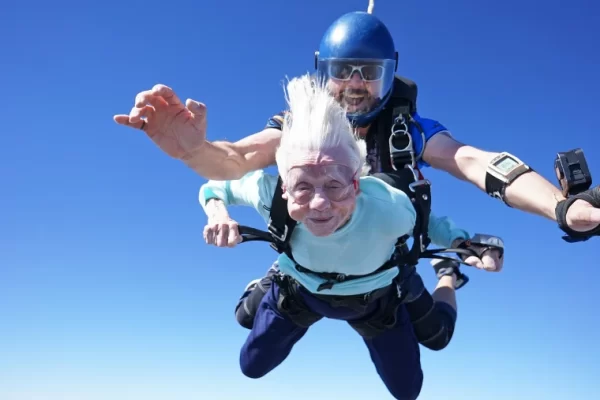Skiing Into A Better Tahoe
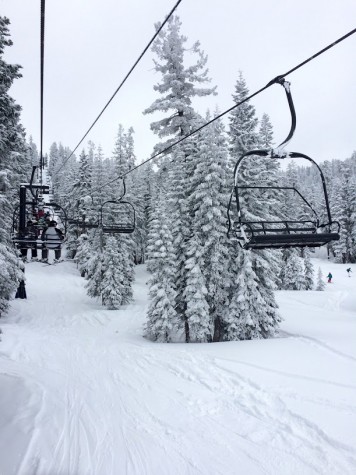
El Nino is often labelled as the weather phenomenon that is helping the California drought crisis. This warm body of water moving towards Central America brought more precipitation to California. The Bay Area received some rain, and mountainous areas benefitted from the increased snowfall. In addition, this irregular weather pattern helped boosted alpine economies; a local example being the Lake Tahoe region. Last year, with the lack of snow, small businesses and ski resorts struggled to keep their customers and their corporations successful. The poor skiing conditions of the 2014-2015 season resulted with fewer snow rental and lift ticket purchases. However, this ski season, avid skiers and Tahoe locals enjoyed more winter storms, resulting in a better snowpack. These recent storms benefitted skiers, ski resorts, and local businesses alike.
This season, some Lake Tahoe area ski resorts opened on the earliest dates in nearly a decade. For example, Northstar opened the 2015-2016 season on November 14, 2015, and their projected closing date is April 17, 2016. The previous season had the mountain open for fewer days due to the lesser amount of snow. Last year at Squaw Valley Ski Resort, the total cumulative snowfall was 223 inches at an altitude of 8,000. This year, however, Squaw has already received 293 inches as of February 12th. Because of this great increase in snow, more lift tickets have been sold, which that also means more crowds. Three out of the top ten most-visited ski resorts in the United States are in California. According to Snow Brains, Mammoth Mountain holds the third spot on the list, with an approximated 1,128,500 annual visits. With the appeal of an influx of fresh snow, these numbers will continue to attract more visitors from around the country.
The difference in the amount of snow between this year and last year is obvious. Many summer activities were taking place in the warm winter of last year. In 2014, I witnessed many tourists renting bikes instead of snowshoes and kayaks instead of skis. “It’s bizarre what people are doing now. It’s so out of season,” said Geoffrey Schladow, director of the Tahoe Environmental Research Center and a UC Davis professor. There was so little snow that equipment rental shops were struggling to rent out their ski gear. Most sled hills and ice skating rinks were closed as well. It was also unusual to not see little children making snowmen or having snowball fights. El Nino’s precipitation allowed these workers to have more opportunities and thrive with their businesses. At Sports Basement in Sunnyvale, I saw the lines for ski rentals. I was shocked to see how many Santa Clara and Sunnyvale families wanted to hit the slopes.
After a depressing couple of years, skiers and snowboarders have been reminded what a white winter is supposed to look like. It has been an epic season. Unfortunately, this unusual weather system cannot beat climate change. The warmer weather will make snowy winters less occurring in the future. Global warming has been a huge factor in the lack of snow. But that does not mean that we cannot enjoy recreational skiing activities while the resources are available.
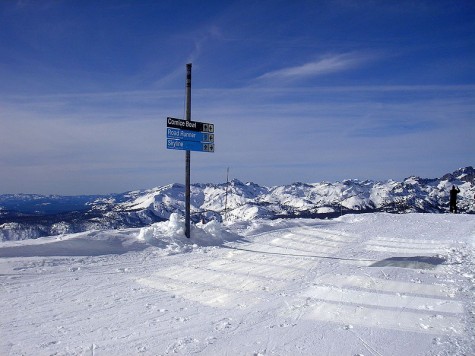
Though some Bay Area folks are not fans of the warm, wet weather brought on by El Nino, the precipitation has deeply benefitted alpine cities like Lake Tahoe. Small businesses have been able to sell more ski rentals and equipment and thank goodness, paddleboards and kayaks are now strictly summer activities. Though the effects of El Nino are not permanent, they have definitely fixed some temporary problems. Once the snow melts, that excess water should help with California’s severe drought. According to the Los Angeles Times, “The water content in the snow in the northern Sierra Nevada is at 124 percent of average for this time of year; the central Sierra clocks in at 115 percent of average; and the southern Sierra at 92 percent. The statewide average is 113 percent.” It seems like El Nino is a great thing for ecologists, skiers, workers, and Tahoe locals alike.







